“People are overlooked for a variety of biased reasons and perceived flaws – age, appearance, personality... Bill James and mathematics cut straight through that. Billy, of the 20,000 players for us to consider, I believe that there is a championship team of 25 people that we could afford because everyone else in baseball undervalues them” – a quote from Moneyball, a biographical sports film based on a book of the same title, which charted the season of the Oakland Athletics baseball team in 2002.
IT was at the Goffs UK Premier Yearling Sale at Doncaster last year that Nick Bradley first saw the Gutaifan filly who would go on to be named Fev Rover.
She was one of 148 fillies Bradley looked at. That was every filly at the sale. If there were 308, he would have seen them all as well.
Bradley liked the filly for a number of reasons. She was by second-season sire whose progeny had done well, but she also looked a little more like her dam’s sire, High Chaparral. More importantly, Bradley thought she had a gorgeous looking frame and a lovely action. He went to find a trainer who liked her as well and he found Richard Fahey.
The only thing that didn’t look good on the filly was her face, which was full of warts, but that was probably the biggest positive at all, a perceived flaw that directed attention away from her. When Bradley stood in the ring, he was against just one other bidder. The gavel came down at £20,000 and Gutaifan filly went back to his Glebe Farm.
Hectic
Fast forward and it’s 7:00am on Tuesday morning when Nick Bradley finds a half hour to plug his laptop into the canteen at Tattersalls for a Zoom interview. The original time slot for the chat was abandoned the night before when action in the Newmarket ring soared past 8:00pm.
These weeks are hectic for the Yorkshire native, but he wouldn’t have it any other way.
“I’m a one-man band at the sales. I don’t use any agents, I do all the work myself,” he explains.
“I talk to trainers while I’m here but I use my own eyes first and foremost. For this sale I was here three days before the sale started. There are 800 horses catalogued – 300 fillies and 500 colts. I tend to focus on the fillies rather than the colts. My thinking there is that if we were to win a Group 2 or a Group 3 with them, there is less pressure to sell because they’re going to have value as a broodmare for later in their careers.
“This sale I’ve looked at all 300 fillies, everyone of them at least once. It’s a lot of legwork. I try and see 140-150 fillies each day, see them all once, make a shortlist and then see everything on that list again.
“When the gavel comes down, Nick Bradley owns the horse. I might only own it for a half hour or for six months, but it’s my money I’m spending. The aim is always to spend as little as possible but to find an edge or an angle to create significant value for money for my investors.
I’ve learned from punting – where to place them, tactics, ground and track bias, speed maps etc…
“I try to base everything I do around a film called Moneyball, which is about a baseball team whose general manager tries to find the best players who perform best on the baseball diamond without costing a huge deal salary wise. I adopt the same thinking when buying horses.
“No agent could have bought Fev Rover with a head full of warts. They wouldn’t be able to present that to an owner. Warts are completely irrelevant and will be gone in two or three months. I just try and look for angles like that which give me an edge. The more I do that the more I think about the edges and the things that are irrelevant, the more I’ll be able to buy a horse for very little money to compete with horses who cost a lot more.
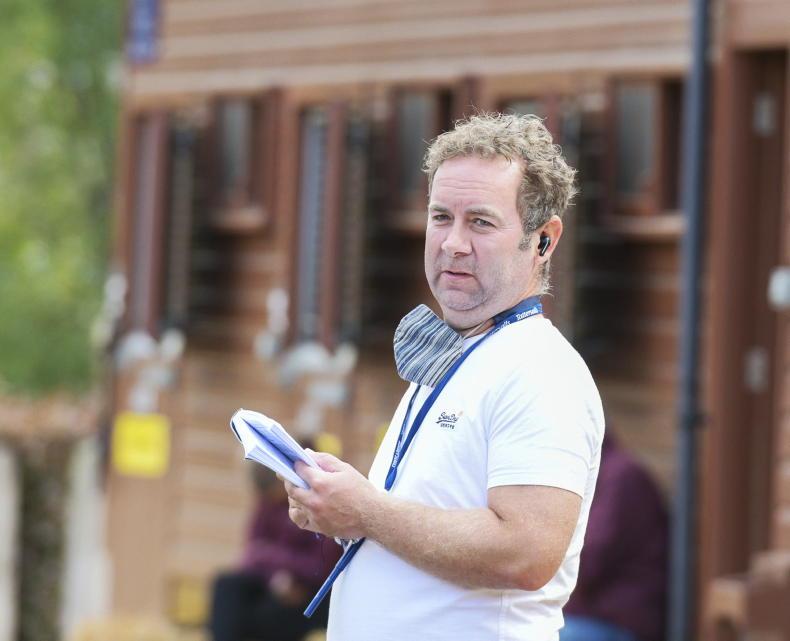
“I compare it to the 100 metre final at the Olympics. Every four years if you look at the athletes standing on that line, they have things in common and things they don’t have in common – heights, weights, colour of skin etc... I try to break it down to the things that are important, the things that affect horse’s racing ability.”
Fev Rover went into training with Fahey and on just her second start, she finished second in the Group 2 Duchess of Cambridge Stakes. It didn’t matter that she didn’t win because the filly that beat her was Dandalla, who also runs in the Nick Bradley Racing white and black silks.
The pair have been integral in a breakout season for Bradley’s investment syndicate model, both attaining wins at Group 2 level before running with credit in Group 1s in recent weeks. Dandalla cost just €22,000. There have been other success stories this season, like Terrichang, Furlong Factor and Mystery Angel, all bought relatively cheaply.
Now in its fifth year, Nick Bradley Racing has hit its stride. Off the back of success this summer, Bradley has never been busier at the sales. Crucially, he is accelerating when others are slowing down.
“Last year I bought 11 yearlings,” he says. “We’re already up to 16 this year and my plan is to get up to 30. The business is going from strength to strength and it’s basically because of the success we’ve had this year. I think we’ve had 13 two-year-old winners from a team of 17 horses this year.
“Last year I think we spent between £300,000 and £400,000 at the sales and the portfolio is worth in excess of £2,000,000 now. The guys see that, outside investors see that and because of that, we’ve got increased investment.
“I’m trying to exploit the situation that we’re in so that we’re able to expand the company and this is something of a perfect scenario. Of the 16 I’ve bought, I’ve nearly sold out on them all already. If I think back to last year, I was still selling shares in March.
“I don’t think we’ve spent a fortune this year either. I’m not sure what it adds up to but the average spend is down this year compared to last year but in terms of the quality of horse I’ve bought, it’s higher.”
Mathematics
Bradley has no hands-on experience with horses in his background. He is a primary school teacher, turned professional gambler, turned racing businessman.
Mathematics has been imperative to him along the way. The words ‘edge’ and ‘angle’ are standard professional gambling parlance and come up a lot in his vocabulary. With two thriving businesses now – he also has 30 mares at home – and two kids, he doesn’t bet any more and is happy with that, given the difficulty it is to operate as a professional gambler nowadays.
But the skills he learned from betting successfully have stayed with him and been successfully applied to what he does now.
“Gambling is a great profession because it ultimately teaches you and informs you if you are performing well or performing below average.
“I’ve used that grounding and applied it to everything I do now. In terms of managing the horses, I’ve used things I’ve learned from punting – where to place them, tactics, ground and track bias, speed maps etc…”
He was with Middleham Park Racing from 2008 to 2015, achieving rip-roaring success, most notably by purchasing subsequent Sprint Cup winner G Force for just £25,000. Sandiva, Lily’s Angel and Junior were some of the other big names he purchased during his time with Middleham Park, whose investors increased from 30 to 130 by the time he left.
That was in 2015 when he decided to go out on his own. He cites a growing difference in his approach and that of Middleham Park, but it was probably a blessing in disguise because he says he couldn’t be any happier now as master of his own destiny.
“I’m a pretty harsh person in that I hate it when people don’t achieve what they can achieve by not doing the best they can,” he says. “I can set the bar myself and I can set the bar for my employees.
“In our first year I think we had three stakes fillies. In our second year we had Commissioned who, trained by Gordon Elliott, won for us first time out at Royal Ascot. We had lots of other nice fillies as well like Little Kim who did really well.”

Dandalla and Ben Curtis after winning the Albany Stakes at Royal Ascot \Healy Racing
Every year Bradley has took a step forward and next season he will have horses in training in Ireland, with one yearling already earmarked for Jessica Harrington. It won’t be the first time he has been involved in Irish racing after he set up a project with Gordon Elliott and Aidan O’Ryan four years ago that yielded significant success initially through the exploits of Beckford and River Boyne - a Grade 1 winner in the US as recent as March.
“I’ve been monitoring Irish racing since the year dot and apart from the project I did with Gordon and Mouse, I had never really been keen to have horses race in Ireland because every time you do, you’re lining up against Galileos and No Nay Nevers.
“This year it seems to me like the tide is turning in Ireland, it’s a bit more even and a bit more spread out. People like Johnny Murtagh have had a great year and obviously Jessie has had a great year. I just felt that we should give it a go. I have a lot of guys who are based in Ireland who own shares in horses in England.
“I’m always monitoring racing to see who is over performing and who is underperforming and Jessie just stood out as someone who was over performing so we bought a Lope De Vega filly at Doncaster. I think she’s nearly sold out – maybe eight or 10% left.”
Selective
Bradley has a very selective policy when it comes to trainers. Value for money is again at the forefront of his policy and it probably goes without saying that the active role he plays doesn’t suit everyone. There has been a lot of negativity about prize money levels in Britain this summer, but he isn’t worried about that, and is instead working his way around the problem.
“People need to do it smartly. If you’ve got a horse who’s running in a 20-runner handicap every week, you are going to find it hard to win. Even when you win you’re going to get a small amount of prize money.
“We focus on the way that we can get a maximum return from the industry. For example, every horse that I have training as two-year-olds next season could be a filly. They’ve brought out a scheme in Britain whereby if you win a certain race that is GB nominated, you’re going to win a £20,000 bonus on top of prize money.
“People are complaining about prize money at £3,000 a pop. Well if you buy a certain horse, you’re not going to get that, you’re going to get £20,000 when they win. That’s great prize money, that’s better than France.
“So all you have to do is look at the system and work it best for yourself and that’s what I try and do for my owners.
“The trainers that I use are excellent. I try to form a professional relationship with them all and the trainers I work with just leave me to get on with it, race planning, talking to jockeys, booking jockeys, tactics, etc. It works because I’ve got 30 horses and I don’t have to train them. I leave the training completely up to the trainer. But for a trainer with 200 or 300 horses, there are only so many hours in a day and it’s hard for them to see all the angles that I can see.
I’m going to try and be the best at what I do
“All the trainers I use embrace this. They can see that I add value and it’s often when the horses win races that trainers would say, ‘I can’t believe we ran in that race never mind won it.’
“It shows that if you look at the horses I’ve got with different trainers, you’ll find that my horses are the best in the yard in lots of instances. For example we’ve got the best two-year-old fillies in the yards of Karl Burke, Richard Fahey, George Boughey and Rod Millman. That’s not luck, that’s not chance, that’s because what we do is better than average.”
The expansion of Nick Bradley Racing has benefitted from an investment in the background team. He employs Russell Kennedy to run the website where all the yearlings are made available for investment, to as low as 2.5%. Bradley’s partner Sarah Jane also plays an active role in the paperwork which is something of a tedious task given the costs and regulations of setting up syndicates with the BHA.
Jason Parkin runs Bradley’s 100-acre farm in North Lincolnshire and will be tasked with preparing all the yearlings bought at the sales, until they go to their trainers early next year.
With all these tasks taken care of, Bradley has been left to concentrate on what he does best and needless to say, he is extremely ambitious.
“I’m going to try and be the best at what I do,” he asserts. “For example when we see Coolmore running three horses in Group 1s or five horses in the Derby, that’s what I want to do, but not in the Derby because I can’t get my hands on those types of horses.
“I’d like to be able to dominate the two-year-old and three-year-old fillies races in the UK first and foremost, then in Ireland and France. And just build and build and build so that Nick Bradley Racing is winning more of those races than anybody else.
“This year has been a great year but we haven’t been able to top it off with a Group 1 just yet. Fev Rover is going to go for the Breeders’ Cup Juvenile Fillies Turf, all being well. The aim is to win Group 1s, that is what we want to do.”
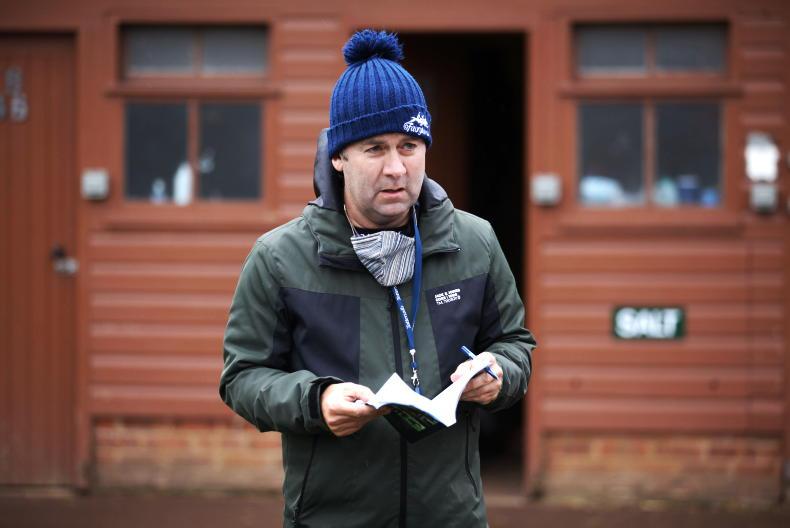

 This is a subscriber-only article
This is a subscriber-only article
 It looks like you're browsing in private mode
It looks like you're browsing in private mode
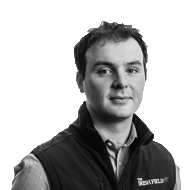



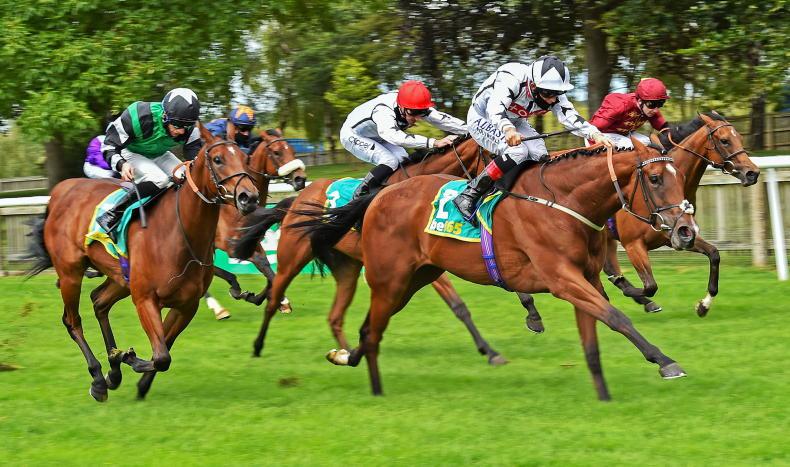

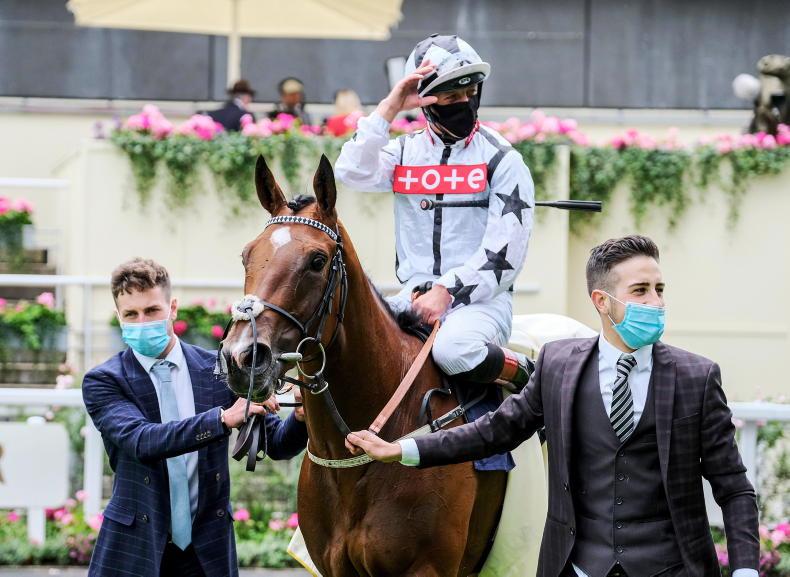

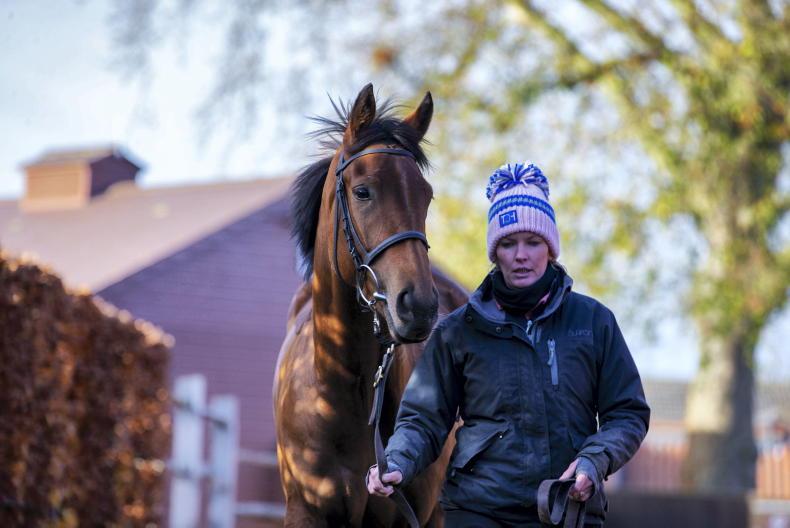
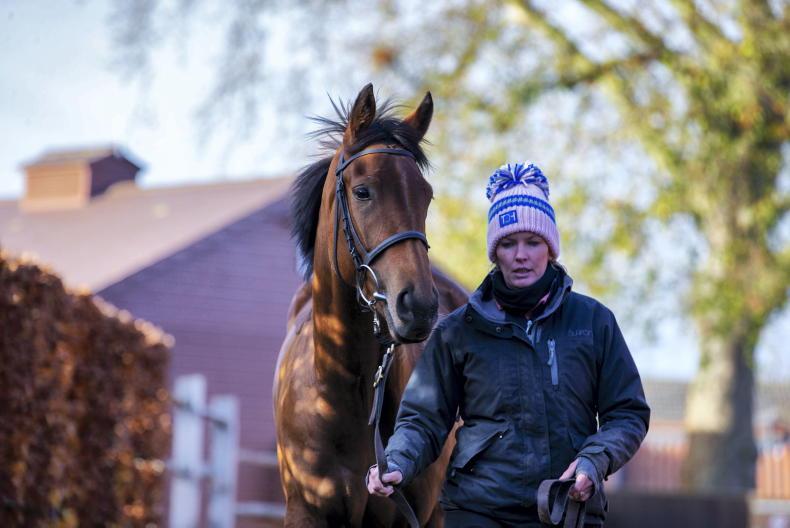

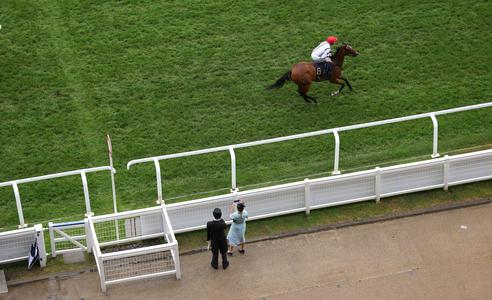
SHARING OPTIONS: